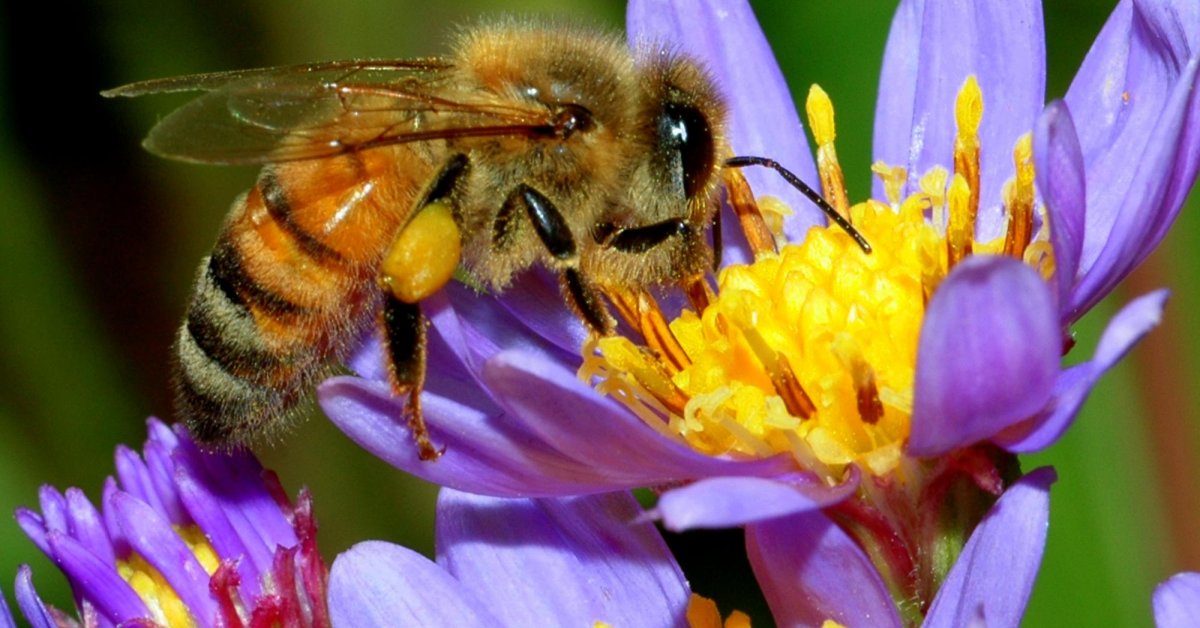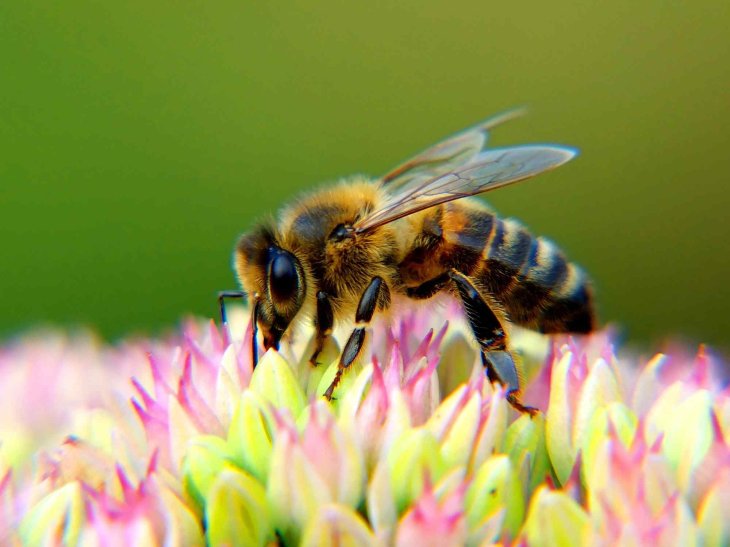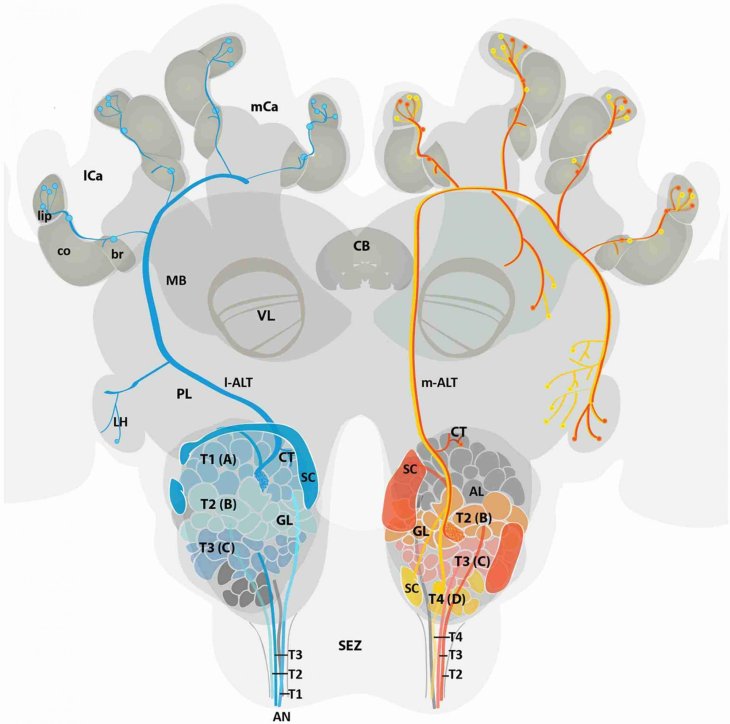Bees Can Solve Math Problems That Can Stump A 4-Year-Old Toddler
Aadhya Khatri - Aug 12, 2019

With proper training, after four to seven hours, honey bees can do simple addition and subtraction with the accuracy rate of 60% to 75%
- Thanks To Sundar Pichai & Google, You Can Use This AI App To Do Your Math Homework
- So There Are More Than One Way To Write The Number 3, Here's How
- How Many Of These Easy Yet Brain-Twist Math Problems Can You Solve?
Contrary to what most people think, bees do not spend their whole life making honey; they can also solve math problems that can baffle a 4-year-old toddler.
In 2018, a team of Australian researchers reported that bees could grasp the concept of zero, and now, they claimed that they could also do subtraction and addition.

We used to believe that the ability to do math, even just the simple ones, is on human and a limited number of primate only. However, when conducted more research, scientists found out that dolphins are capable of grasping the meaning of zero, as well as spiders and parrots could do simple arithmetic.

According to Adrian Dyer, the study’s senior author and RMIT University’s associate professor in Melbourne, the research on the ability to do math of animals and insects challenge the belief that human brain is somehow special.
The Honey Bees
An average honey bee’s brain has only 1 million neurons, a small number compared to 86 billion of a human. Their brain is smaller and has a totally different structure than ours, but this does not stop them from doing the tasks that were thought to be possible for human.

To prove these insects’ ability, the team trained and tested fourteen honey bees. The insects were placed in a maze that takes the shape of the letter Y. In there, they would encounter one to five shapes that are either yellow or blue. They can choose to fly to the left or right with one side of the maze having more element while the other one has one less.
What the bees had to do is to add an element if they see blue and subtract if the color is yellow. If they do it right, they would be rewarded with sugar water; otherwise, the punishment is a bitter quinine solution.

After training the insects for four to seven hours, the researchers test them again but this time, without punishment or reward. The bees obtain the accuracy rate of 60 to 75% in two tests on subtraction and two more in addition.
Why Do Bees Do Math?
One of the possible explanations is that bees develop the ability to do simple math as they have to adapt to the environment when they fly from one flower to the other to gather nectar and pollen. Another reason might be the neuroplasticity of these insect’s brain, meaning they do not really have the ability to do math but their brain can make new connections to enable this skills, just like the way humans learn to use a new tool.

Lots of textbooks nowadays say that children of age from four to five can learn to do math with a similar level of complexity. However, that’s is because they were taught the skills at school at these ages.
So now we can be sure that with training, bees can subtract and add one from and to a number. Dyer and his team said that they would conduct more tests and training to find out the limit of these insects’ ability.
Featured Stories

Features - Jul 01, 2025
What Are The Fastest Passenger Vehicles Ever Created?

Features - Jun 25, 2025
Japan Hydrogen Breakthrough: Scientists Crack the Clean Energy Code with...

ICT News - Jun 25, 2025
AI Intimidation Tactics: CEOs Turn Flawed Technology Into Employee Fear Machine

Review - Jun 25, 2025
Windows 11 Problems: Is Microsoft's "Best" OS Actually Getting Worse?

Features - Jun 22, 2025
Telegram Founder Pavel Durov Plans to Split $14 Billion Fortune Among 106 Children

ICT News - Jun 22, 2025
Neuralink Telepathy Chip Enables Quadriplegic Rob Greiner to Control Games with...

Features - Jun 21, 2025
This Over $100 Bottle Has Nothing But Fresh Air Inside

Features - Jun 18, 2025
Best Mobile VPN Apps for Gaming 2025: Complete Guide

Features - Jun 18, 2025
A Math Formula Tells Us How Long Everything Will Live

Features - Jun 16, 2025
Comments
Sort by Newest | Popular